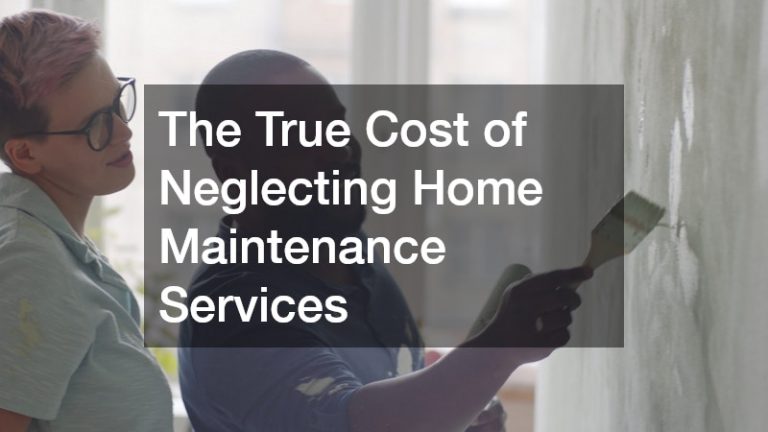

From ants and spiders to rodents and mosquitoes, unwanted pests can quickly turn your haven into a hassle. They can damage your property, contaminate food, and even spread diseases. Fortunately, you can take proactive steps to prevent and control pests in your home throughout the United States. This comprehensive guide will equip you with a step-by-step approach to implementing effective pest control measures, keeping your home pest-free and ensuring a healthy living environment.
Step 1: Identify the Problem
The first step towards effective pest control is identifying the specific pest you’re dealing with. Different pests have different behaviors and require tailored solutions.
Here’s how to identify the culprit:
Visual Inspection: Look for physical signs of pests themselves, such as droppings, shed skin, or nests.
Damage: Certain pests leave telltale signs of damage, such as gnaw marks on furniture or pantry items for rodents, or webbing in corners for spiders.
Unusual Activity: Notice unusual sounds like scratching or scurrying or observe pests like ants following trails indoors.
Online Resources: Utilize online resources and pest identification guides to compare images and descriptions of common household pests in your region of the United States.
Step 2: Understand the Pest’s Lifecycle
Knowing the pest’s lifecycle is crucial for implementing effective control strategies.
Habitat: Where do they live and breed? Understanding their preferred habitat can help you target potential breeding grounds.
Food Sources: What attracts them to your home? Eliminating food sources can discourage them from entering.
Entry Points: How are they getting inside? Sealing entry points is essential for long-term prevention.
Step 3: Implement Preventative Measures
Prevention is always the best medicine when it comes to pest control. Here are some key preventative strategies:
Sanitation: Maintain a clean and clutter-free environment. Regularly wipe down surfaces, vacuum floors, and store food in airtight containers. This eliminates potential food sources and nesting sites for pests.
Moisture Control: Fix leaky faucets, pipes, and any areas with excess moisture. Pests are attracted to damp environments.
Seal Entry Points: Inspect your home for cracks around windows, doors, foundations, and utility lines. Seal these openings with caulk or weather stripping to prevent pests from entering.
Yard Maintenance: Trim tree branches and bushes away from your house to eliminate potential entry points and harborage areas for pests.
Trash Management: Store trash in sealed bins with tight-fitting lids and empty them regularly.
Step 4: Choose the Right Control Method
Depending on the severity of the infestation and the type of pest, various control methods can be employed. Here are some options:
Natural Methods: For minor infestations, consider natural methods like diatomaceous earth, soapy water sprays, or essential oils (always research safe usage around pets and children).
DIY Traps: Set traps specifically designed for the target pest, such as snap traps for rodents or glue traps for insects.
Insecticides and Pesticides: Use these with caution and only as a last resort. Always follow the manufacturer’s instructions carefully and prioritize safety measures, especially when using chemicals around children and pets.
Step 5: Monitor and Re-evaluate
After implementing control methods, monitor your home for pest activity. If the problem persists, re-evaluate your approach. Consider consulting a professional pest control company for more advanced solutions, especially for stubborn infestations or those posing health risks.
Benefits of Professional Pest Control:
Expertise: Professional pest control companies have the knowledge and experience to identify pests, determine the root cause of the problem, and implement the most effective control strategies.
Safety: Professionals are trained in the safe handling and application of pesticides, minimizing risks to your family and pets.
Long-Term Solutions: Professional pest control companies often offer ongoing maintenance plans to prevent future infestations.
Choosing a Reputable Pest Control Company:
Licensing and Insurance: Ensure the company is licensed and insured in your state.
Experience: Choose a company with experience handling the specific type of pest you’re facing.
Treatment Options: Inquire about the different treatment options they offer and choose one that aligns with your needs and preferences (e.g., eco-friendly methods).
References and Reviews: Read online reviews and ask for references from past clients.
Conclusion:
By following these steps and taking a proactive approach, you can effectively control pests in your home. Remember, prevention is key. Maintaining a clean environment, sealing entry points, and addressing potential attractants can go a long way in keeping unwanted visitors at bay. However, for persistent infestations or those involving health risks, don’t hesitate to seek the help of a qualified pest control professional. With the right knowledge and strategies, you can create a pest-free haven and ensure a healthy and comfortable living environment for yourself and your family throughout the United States.
.







